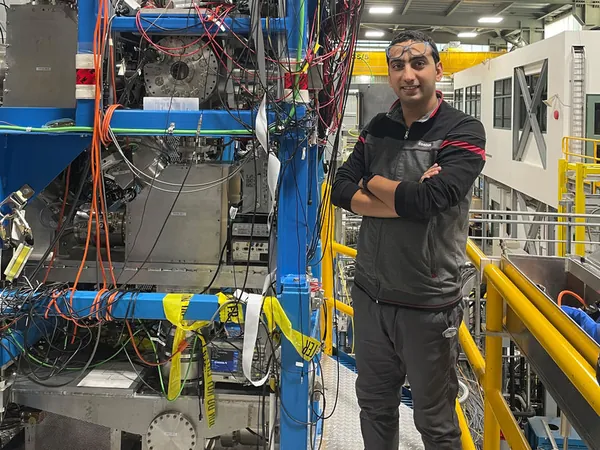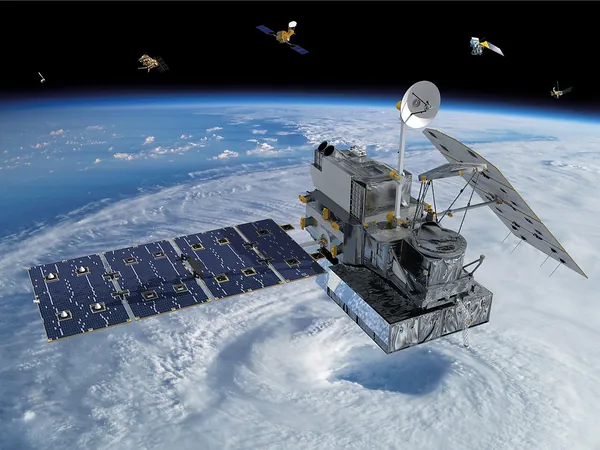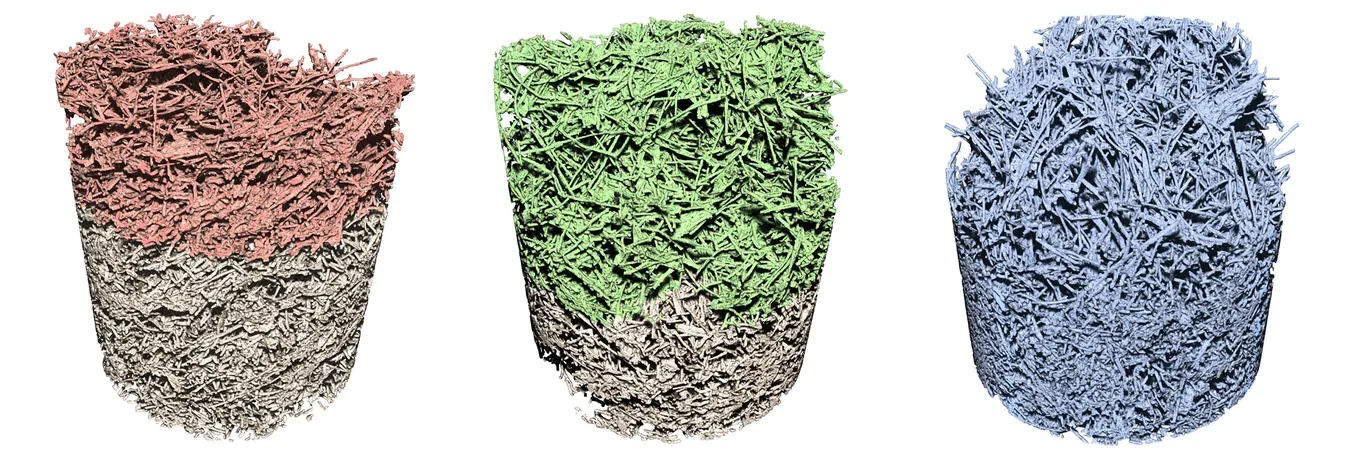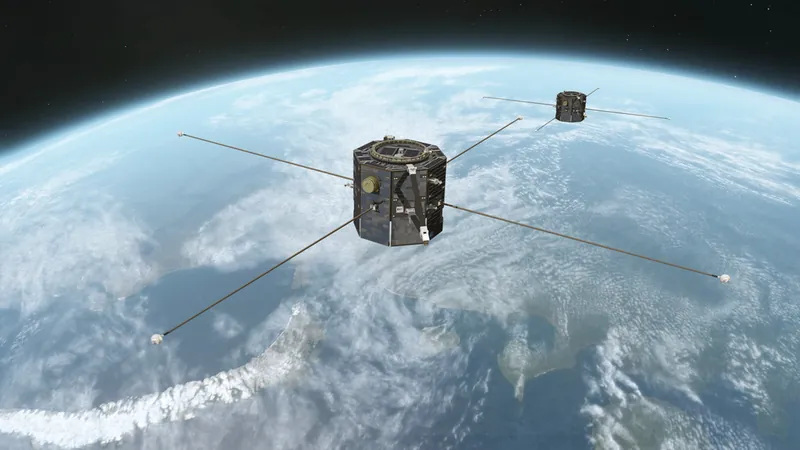
Unlocking the Secrets of Heavy Elements: Groundbreaking Tin Isotope Research
2025-07-04
Author: Mei
A Revolutionary Discovery in Nuclear Science
Recent high-precision measurements of tin isotopes are reshaping our understanding of how heavy elements are created in the cosmos, particularly through the rapid neutron capture process (r-process) during neutron star mergers. This phenomenon reveals critical insights into the neutron separation energy, illuminating the r-process pathway on the nuclear chart.
Unexpected Findings Revealed
Researchers discovered surprising changes in the behavior of tin nuclei beyond the magic neutron number N=82. Notably, there was a significant reduction in the pairing effect of the last two neutrons. This could potentially shift the r-process path and redefine where stability limits lie on the nuclide chart.
Expert Insights
Dr. Ali Mollaebrahimi, the lead author of this pivotal study, asserts, "These changes could significantly impact the r-process framework and deepen our understanding of nuclear forces in conditions far removed from stability." Dr. Mollaebrahimi, now a FAIR Fellow at GSI/FAIR, collaborates closely with experts in nuclear structure and astrophysics.
Cutting-Edge Technology at Work
The success of these measurements hinges on a sophisticated multiple-reflection time-of-flight mass spectrometer (MR-TOF-MS), specifically designed for the TITAN facility at TRIUMF. This state-of-the-art instrument, developed by an international team from Germany and Canada, has enabled groundbreaking advancements in the study of exotic isotopes.
A Milestone in Collaborative Research
Dr. Timo Dickel, head of the GSI/FAIR research group, praised the long-standing collaboration among scientists, stating, "The MR-TOF-MS made its debut in Canadian research in 2017, and this year alone has led to multiple high-impact publications on element synthesis and nuclear structure." This technology previously enabled the discovery of isotopes like ytterbium-150.
Empowering the Next Generation of Researchers
These groundbreaking results not only enhance scientific knowledge but also contribute to the FAIR Phase 0 activities, which focus on training the next wave of researchers with cutting-edge experimental tools. The future of nuclear science looks brighter than ever!





 Brasil (PT)
Brasil (PT)
 Canada (EN)
Canada (EN)
 Chile (ES)
Chile (ES)
 Česko (CS)
Česko (CS)
 대한민국 (KO)
대한민국 (KO)
 España (ES)
España (ES)
 France (FR)
France (FR)
 Hong Kong (EN)
Hong Kong (EN)
 Italia (IT)
Italia (IT)
 日本 (JA)
日本 (JA)
 Magyarország (HU)
Magyarország (HU)
 Norge (NO)
Norge (NO)
 Polska (PL)
Polska (PL)
 Schweiz (DE)
Schweiz (DE)
 Singapore (EN)
Singapore (EN)
 Sverige (SV)
Sverige (SV)
 Suomi (FI)
Suomi (FI)
 Türkiye (TR)
Türkiye (TR)
 الإمارات العربية المتحدة (AR)
الإمارات العربية المتحدة (AR)